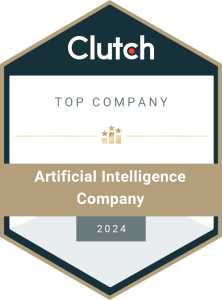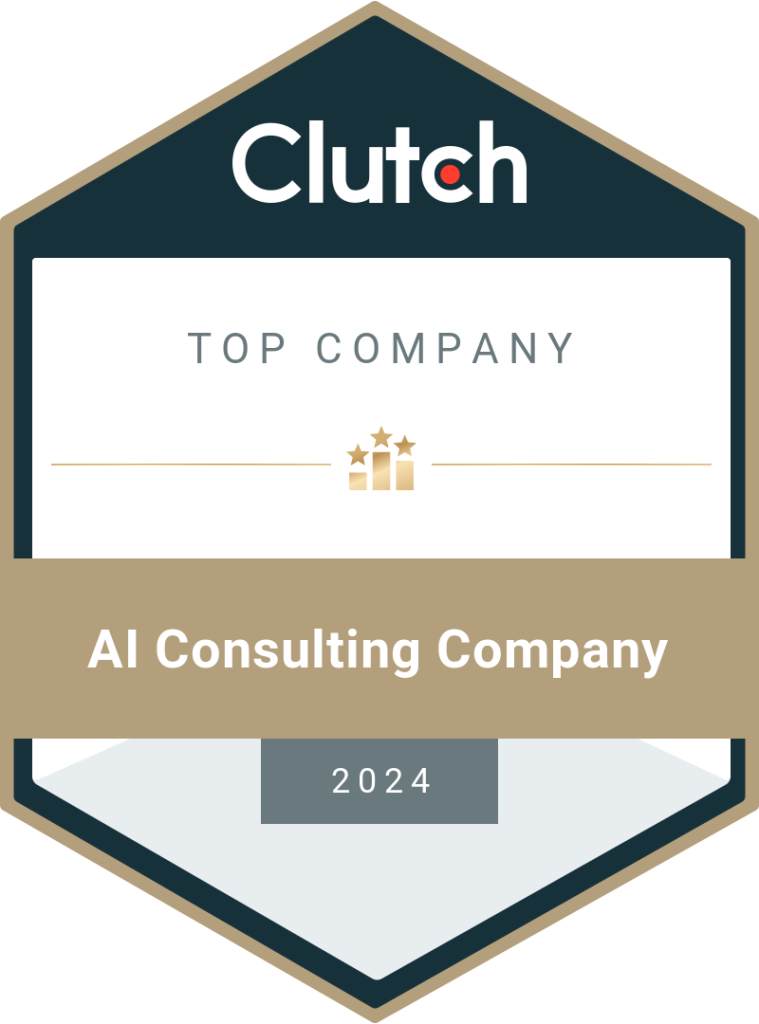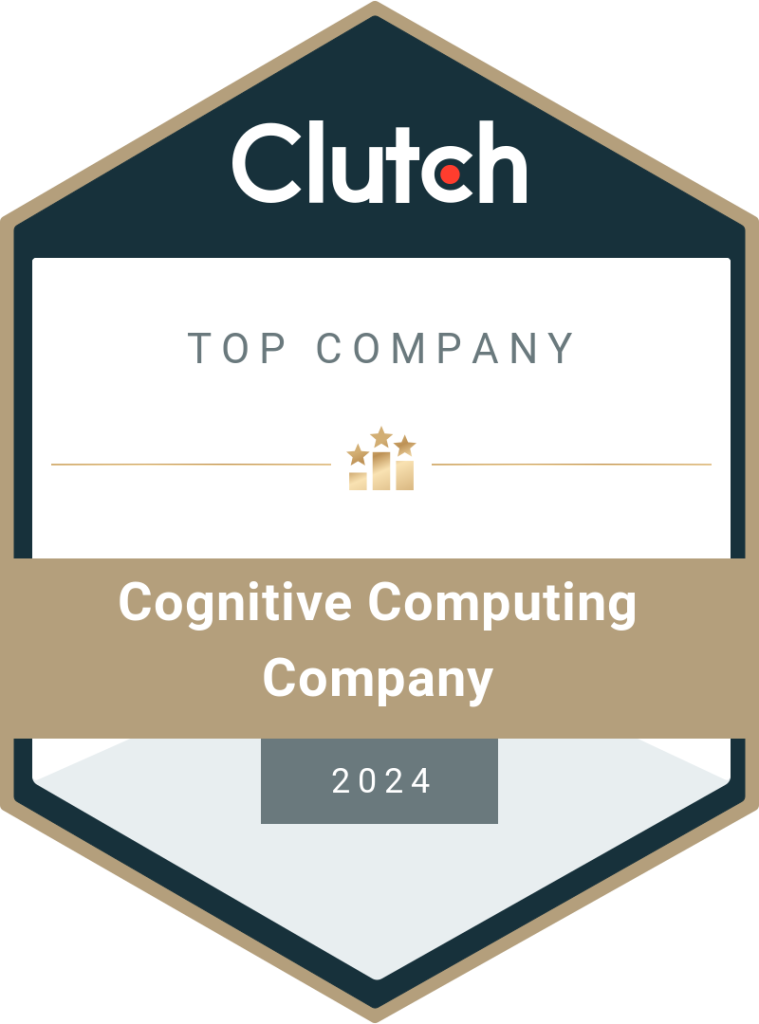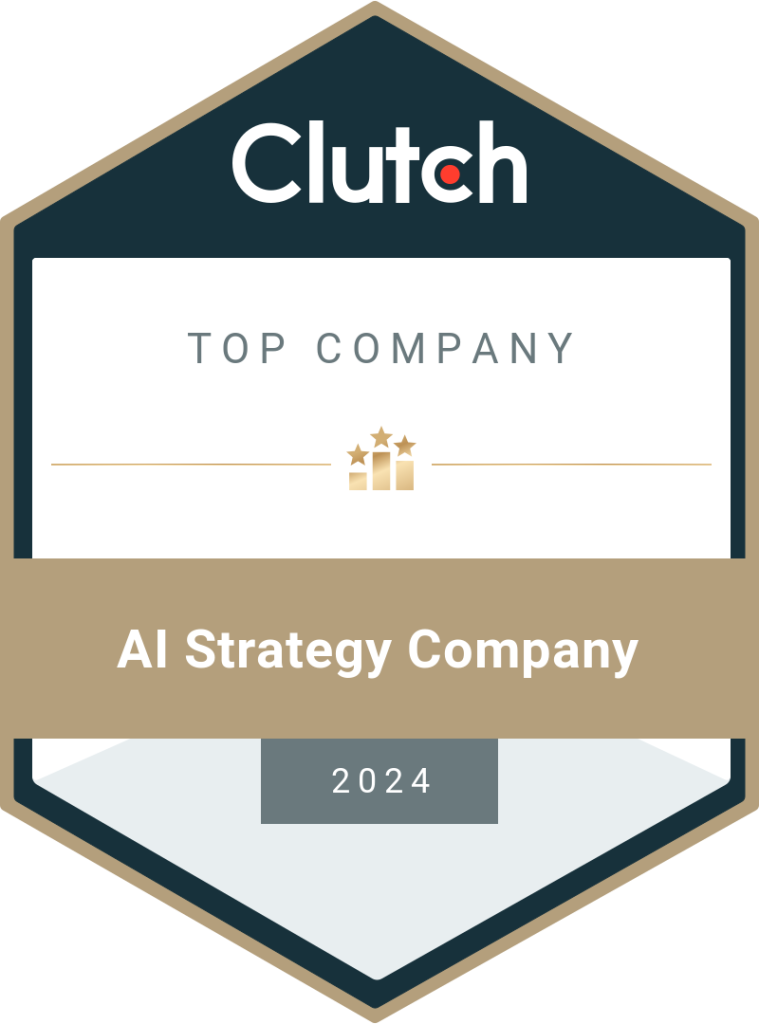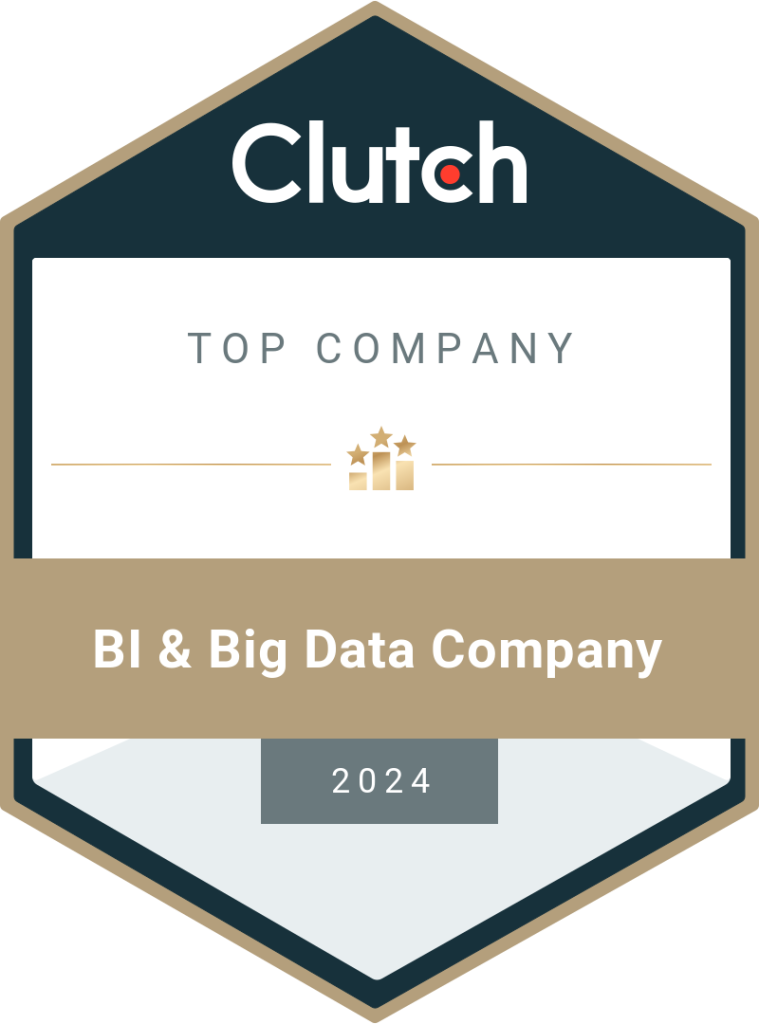AI Product Development for Startup Apps- Top 5 Companies to Help You Get Started
AI empowers a business with the latest technology and uses analytical tools for decision-making. Startups need artificial intelligence to compete with brands that are already popular in the market. Here, we’ll discuss the top companies offering AI product development for startups. Artificial intelligence is disrupting every industry. Businesses around the globe are revamping their systems and processes to adopt the latest technologies to survive the ever-changing competitive markets. Organizations are either planning to digitally transform or have already invested in the process. This makes it crucial for startups to include AI in their business model. Harnessing AI’s potential will be the deciding factor for many businesses. The global AI market is expected to grow by a CAGR (compound annual growth rate) of 36.38% from 2023 to 2030. Another report says that the growth of AI startups has increased fourteen-fold since 2000. Moreover, 84% of senior leaders consider artificial intelligence essential to achieve business growth. The statistics reflect the increasing demand for AI in various industries. It’s not surprising that many startups ask questions like what is AI and how can it help their business. In this blog, we’ll read how artificial intelligence can redefine your business and streamline internal processes, including product development. Will AI Revolutionize the Product Development Process? Yes! Artificial intelligence is already revolutionizing product development by eliminating unwanted steps, optimizing resources, automating recurring tasks, and enhancing quality. In fact, AI product development tools can be used at every stage of product development, from ideation to delivery. Here’s how: AI Product Development for Startups: Top 5 Companies DataToBiz DataToBiz is a leading artificial intelligence company with clients from several industries. The company offers AI product development for startups, SMBs, MSMEs, and large enterprises in different continents. It helps business organizations unlock the power of data and use its true potential to achieve long-term goals. The award-winning company has many experienced AI engineers who worked on numerous projects of various complexities. With over 97% project satisfaction rate, the company provided a plethora of AI and ML solutions for 300+ firms. DataToBiz provides tailor-made AI services based on the client’s requirements. Be it platform and dashboard customization to pilot implementation, consulting, big data analytics, data engineering, digital transformation, and much more, the company knows how to handle the challenges faced by organizations. It also provides affordable and cost-effective AI services for startups to help them gain a competitive edge among established businesses. The company is a certified partner of Microsoft, Google, and AWS and offers extensive cloud solutions. The team also builds and deploys large language models for generative AI-based applications. Prosodica Prosodica is among the AI app development companies that focus on using the latest technologies in customer service. The company offers enterprise-grade analytics for speech and voice to help businesses understand conversions with customers and derive actionable insights. It has an AI platform to humanize the call center experience and help clients build a deeper and meaningful connection with customers. The platform works in four effective steps – collecting conversational data, running voice and speech analytics, deploying ML models to detect patterns, and providing solutions to reduce failures. Prosodica’s conversation analytics platform can be integrated with various apps and software to streamline data flow. It offers future-proof technology and solutions to ensure organizations stay in tune with their customers’ needs. The company also helps boost ROI by enhancing customer experience. Simultaneously, it promotes employee performance by reducing stress caused by dealing with user complaints. The company’s solutions are used in various industries like healthcare, hospitality, financial services, etc. DataVisor DataVisor is an AI product development team that provides real-time insights about fraudulent transactions. It uses applied machine learning capabilities to help businesses keep their clients safe from cyber abuse and fraud. The company has developed AI products to effectively handle modern-day fraudulent tactics and adopt preventive measures with agility. It has been recognized as the Best Transaction Fraud Monitoring and Decisioning Solution in the Datos Insights’ 2023 Fraud & AML Impact Awards. DataVisor’s fraud and risk management platform helps mitigate cybersecurity concerns in real time. The company works with establishments from the finance, banking, FinTech, credit unions, and digital payment industries. From managing application fraud to preventing transactional fraud (wire transfer, check, etc.), the company offers consistent results and complete control to businesses. The AI platforms can be customized and aligned to suit the organization. The platform is hyper-scalable, easy to use, and has low latency. Convr Convr is an AI-driven modern underwriting platform developed for insurance companies to enhance and automate their core internal processes. The company is founded by underwriters with vast industry experience to provide a reliable solution for insurance providers in the market. The company calls its platform a tool for underwriting on steroids. It is a modularized AI-powered underwriting and data analytics platform that also provides business classification and risk scores. Convr aims to solve the five biggest problems faced by commercial insurance companies- submission management, accurate business classification, gathering business information, identifying submission Q&A, and evaluating risk quality. It reduces 70% application questions and increases efficiency by 130%. The platform works by combining submissions with the best data sources to deliver reliable insights. The platform promotes transparency and speed. It can be used as an independent tool or integrated with third-party apps. People.ai People.ai is an AI development company offering an enterprise revenue intelligence platform with its patented technology. It helps businesses speed up their sales cycles and to engage with the right audience at the right time. The company helps accelerate growth, innovation, and revenue. It provides the necessary insights for sales teams to focus on the right audience instead of chasing the wrong crowd. This reduces expenses while ensuring that interested leads are not ignored or forgotten. People.ai believes that the customer is everything for a business. It also feels that every problem has a solution. The company’s approach to this is quite simple. It follows a customer-centric approach to understand what the issue is and find a solution accordingly. The company has a presence in industries like IT, life
Read More